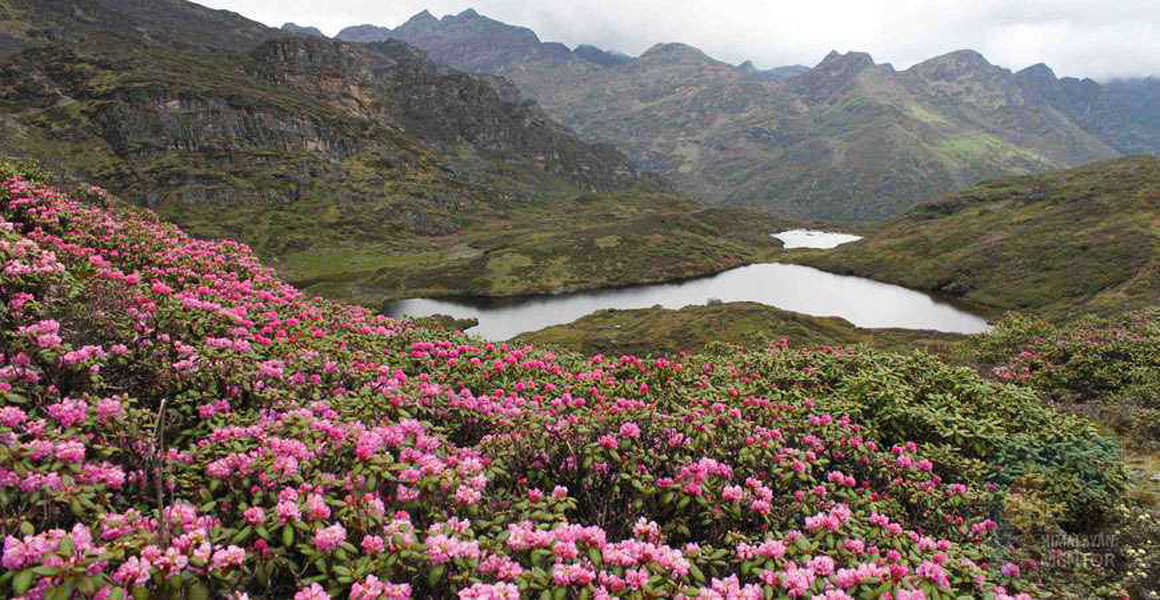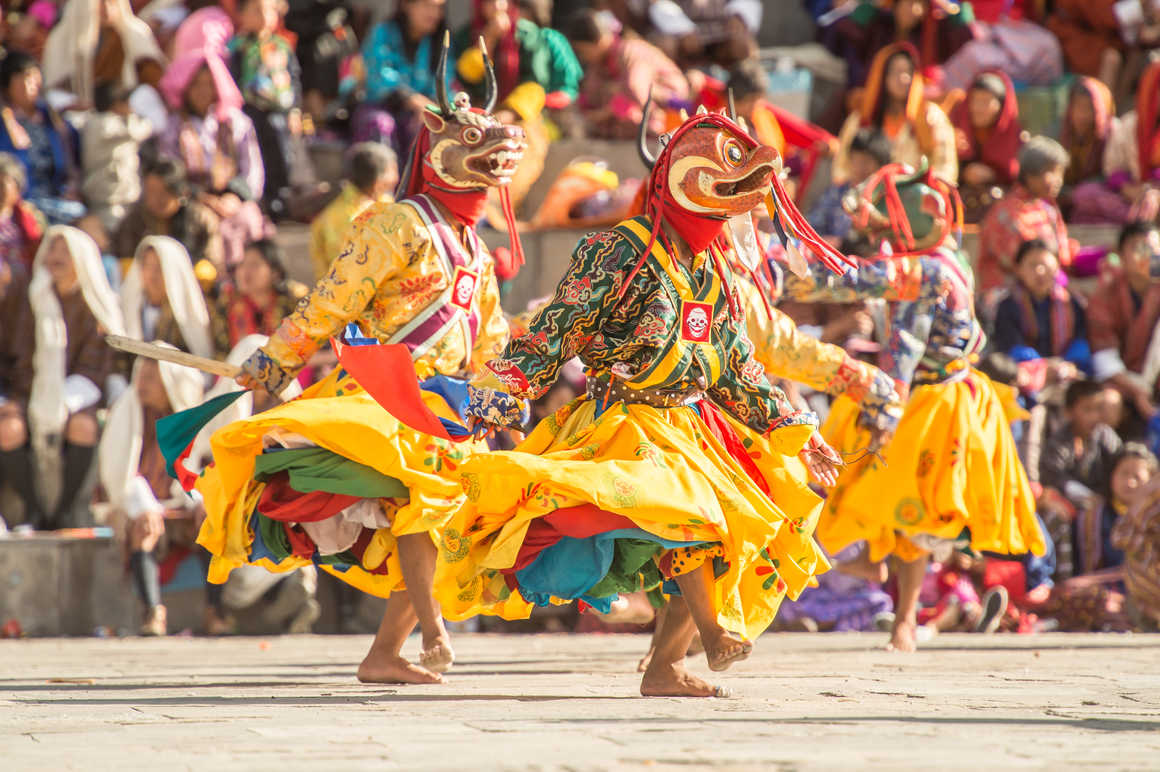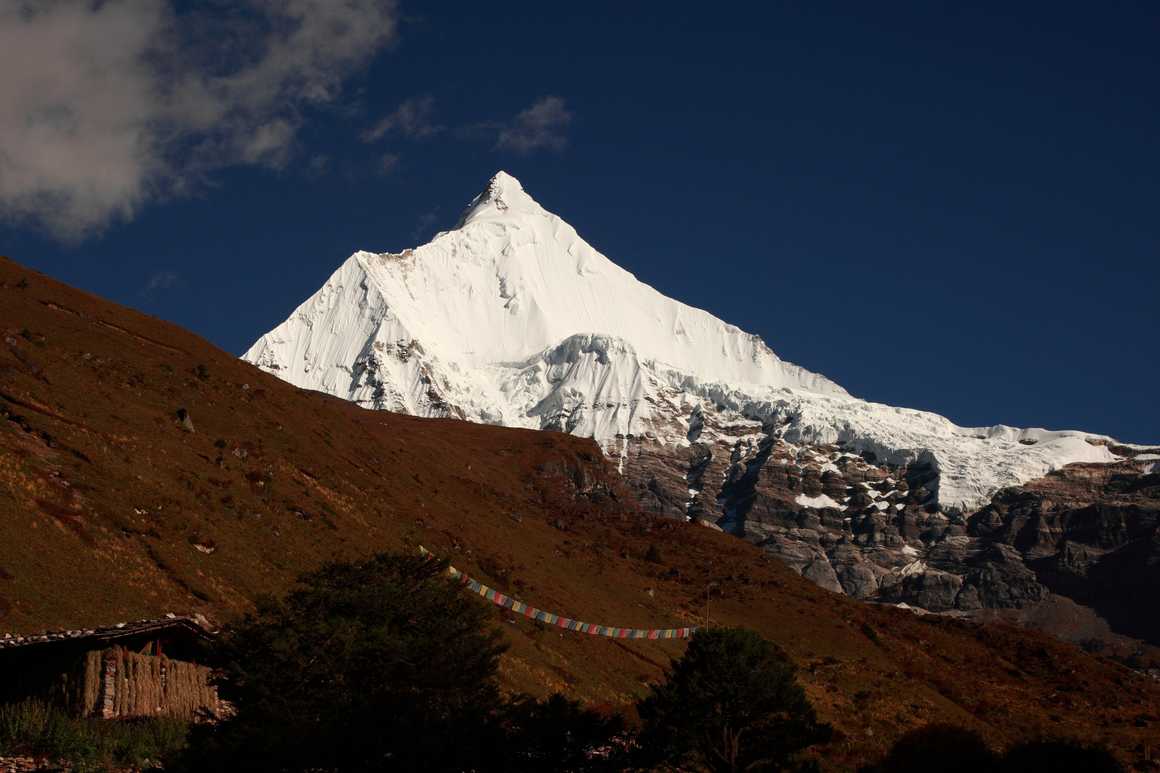Trekking Bhutan in Spring
Bhutan is a land long forgotten, a land of soaring peaks and
stunning landscapes. Known affectionately as the Land of the Thunder Dragon
because of the powerful storms that roll in from the west, Bhutan trekking is a
dream and offers one of the most authentic experiences in all of Asia.
Although trekking in Bhutan can take place year-round, one
of the most popular periods for hikers is spring. Bhutan’s spring is fairly
short, usually lasting from early March to mid-April, when the summer rains get
underway. Avoiding the hottest, coldest and wettest periods of the year, spring
offers the perfect balance for people wanting a comfortable Bhutan trek.
But what really recommends spring trekking holidays in
Bhutan is the clarity of the views. You can expect some absolutely stunning
Himalayan panoramas at high elevations, mountain views are generally good and
you’ll have to go high to experience cold temperatures during spring.
In this blog, we’ll take a look at the many reasons why spring
is a wonderful time of year for trekking in Bhutan. Read on to find out more
about this fascinating, yet lesser visited country.
Bhutan Weather in Spring
During the course of March and April, the southern parts of
the country experience a subtropical climatic condition. The average
temperature during spring is 20 degrees Celsius, with the weather becoming
warmer and more humid as the monsoon period approaches. In contrast to the rise
in temperature, nights usually get cooler, especially across places like Thimphu.
Dazzling flora

As spring makes its way to Bhutan, the country turns into an
enchanting display of colours as the rhododendrons and other wildflowers start
blooming with all their grace. March and April are among the most popular times
to travel as the valleys also start turning greener and it makes for a tempting
season to go trekking in Bhutan. Temperatures are mild, and melting snows give
way to gorgeous wildflowers covering the hillsides, making it a magical time to
embrace the outdoors.
One of the major highlights for trekking Bhutan in spring is
the flowers. Nature lovers will be awed by the dazzling flora that ignites the
landscape during March and April. Bhutan is said to have around 4500 species of
flowering plants, making it a floral paradise. Large rhododendrons explode in
colour, blanketing hillsides in bright pinks, red, purple and white. The sight
is truly one to behold and one that brings many trekkers to the region
specifically for the spectacle. Other blooming flowers to look out for during spring
include orchids, magnolia, daphnes, clematis, primroses and many more.
However, no flower can hold a candle to the staggering
beauty of the blue jacaranda trees that come into bloom in May. These beautiful
trees are most famously found outside Punakha Dzong where visitors can also
explore the incredible monastery. If flora is your thing, then spring is also
the time to search for one of the rarest flowers on earth - the blue poppy. The
blue poppy is the national flower of Bhutan and, although once fairly common,
the flower has now become exceedingly elusive.
Bhutan Festivals in Spring

Another reason to visit Bhutan in spring is to witness Bhutan’s
famous festivals or ‘Tschechu’. These events are legendary, bringing
thousands of people together for days of feasting, dancing and socialising.
Most notable among Bhutan’s festivals is the Paro Tshechu.
Layman and monks dress to impress in bright brocade costumes whist re-enacting
the history and legends of Buddhism in Bhutan. The masks the performers wear
are incredibly delicate and detailed and visitors absolutely love the vibrant
feeling of the city during this festival. The festival culminates on the final
day when the unrolling of the scroll happens. Standing at over four storeys
high, the thangkha (Buddhist religious scroll) is believed to be over 350 years
old and celebrates the deeds of Guru Rimpoche. This is also the best
opportunity to see the king of Bhutan who often visits the festival on the last
few days. This period is extremely popular and the city will be bustling with
local and foreign visitors, all wanting to experience the exotic and vibrant
festival. This means that rooms, guides and flight tickets sell out by January
and you will need to factor this in when booking.
The Punakha Drubchen is another festival hosted in Spring.
The festival is unique in that it recreates the dramatic 17th century battle
between Tibet and Bhutan. The recreation tells the story of how the regional
districts came together to fend off the invading forces of Tibet. The festival
also provides a number of masked dances that are all held within the famous
Punakha Dzong.
Treks in Bhutan in Spring

- The Druk Path
Considered one of the best short treks in Bhutan, the Druk
Path Trek offers gorgeous forests of rhododendron and pine, cultural sites,
mountain passes, lakes and valleys. The Druk Path is a four day trek, crossing
the spectacular natural landscape between Paro and Thimphu. Kandoo’s tour
begins with a visit to the Tiger’s Nest Monastery before journeying
through rhododendron forests and alongside glacial lakes, against a backdrop of
snow-capped mountains and dramatic valleys. The Druk Path is a great
introduction to trekking in Bhutan, offering visitors a well-rounded
experience.
- The Chomolhari Trek
The Chomolhari Base Camp Trek is a seven day trek, which
ranges from the picturesque valleys of Paro and Thimphu, to the incredible
mountain vistas of Chomolhari (7,326m), Jichu Drake (6,794m) and Tshrim Khang.
This Kandoo trek also begins with a visit to the Tiger’s Nest Monastery,
located high on the cliffside of the upper Paro valley. Although the route can
be tricky in places, if you’re an experienced and moderately fit walker who can
handle the altitude (about 4,800m at the highest point) and a rugged route,
then you will love this Bhutan trek.
- The Snowman Trek
If you’re an experienced and fully fit trekker looking for
the ultimate challenge, Bhutan’s Snowman Trek is the high altitude trek you’ve
been dreaming of. The Snowman Trek goes to the remote Lunana district and is
considered to be the most difficult trek in Bhutan (and the world) due to its
distance, high altitudes, weather conditions and remoteness. Beginning in the
village of Chamsa, the Snowman Trek guides you northwards through the mountains
that gather around Bhutan’s border with Tibet. The ever-changing scenery, from lush
forests to high mountain passes, glaciers, lakes and waterfalls are truly
stunning. However, due to snowfall it is almost impossible to navigate during
winter.
So, why not choose this Himalayan haven for your next
trekking adventure? For more information about trekking in Bhutan, be sure to
check out our Bhutan travel guide.










